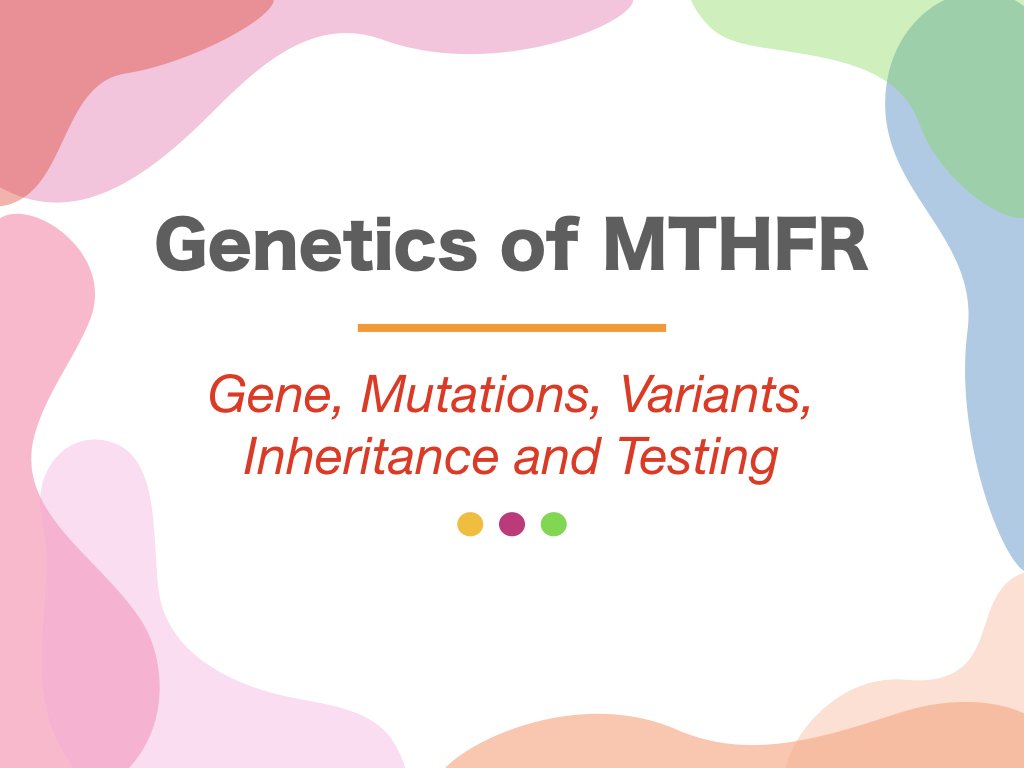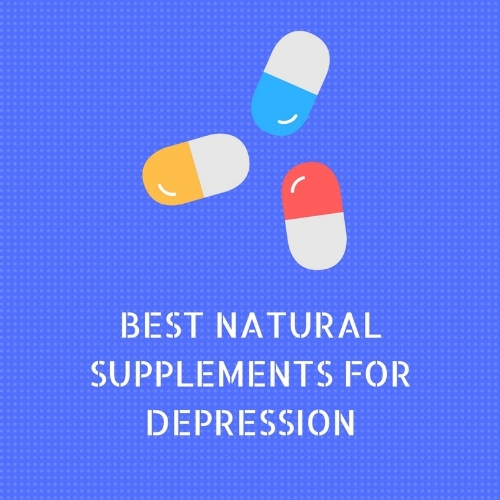Is Mould Exposure Causing Your Anxiety and Brain Fog?
/Have you been feeling increasingly anxious, mentally foggy or simply not yourself? While there are many possible explanations for these symptoms, you might be overlooking an often underestimated culprit: mould exposure.
Modern science is revealing how mould doesn’t just affect your respiratory system, it has far reaching potential effects across multiple systems and can have a significant impact on your mental health and cognitive function. In this article, we’ll dive into how mould exposure may be linked to anxiety, brain fog and other cognitive issues and explore the science behind this connection.
Mould and the Brain:
Mould is a type of fungus that thrives in damp, warm environments, growing on walls, ceilings, carpets and other surfaces when moisture levels are high. While most of us are familiar with mould’s ability to cause physical health issues like coughing, sneezing and allergic reactions, there is less awareness of the connection between mould and neurological symptoms, such as anxiety, brain fog and memory problems. Interestingly, mould can also be found in some foods, particularly in items like grains, nuts and dried fruits, further contributing to potential exposure. This highlights the importance of addressing both environmental and dietary sources of mould to fully understand its impact on your health. So, how does mould affect the brain?
The Toxicity of Mould: Mycotoxins and Your Brain
Mould produces substances called mycotoxins, which are toxic compounds that can harm both the body and the brain. When mould spores are inhaled or come into contact with the skin, these mycotoxins can enter the bloodstream and travel to the brain. Mycotoxins, such as enniatin B, gliotoxin, ochratoxin A and trichothecenes, have been shown to have neurotoxic effects that can disrupt normal brain function by triggering inflammation and oxidative stress. Inflammation is a key player in many neurological conditions, including anxiety and brain fog. When the brain is exposed to these inflammatory agents, it can experience changes in the way neurotransmitters (the chemicals that allow brain cells to communicate) function. This disruption can result in mood changes, cognitive dysfunction and heightened anxiety.
Mould, the Immune System and Brain Fog
Your immune system plays a significant role in how your body reacts to mould exposure. In some people, mould exposure triggers an exaggerated immune response, leading to systemic inflammation. This inflammation doesn't just stay in the body, it can also affect the brain, disrupting its normal function and contributing to symptoms like anxiety and brain fog. This inflammatory response can disrupt the blood-brain barrier, a protective shield that controls what enters and leaves the brain. When the barrier becomes compromised, harmful substances, including toxins from mould, can infiltrate the brain more easily, exacerbating symptoms like brain fog, mental confusion, poor concentration and difficulty remembering things. It can literally feel like your brain is working through a foggy window, unable to focus clearly on tasks or thoughts.
Anxiety and Mould Exposure: What’s the Link?
While anxiety is typically viewed as a mental health condition influenced by stress, genetics and life experiences, there’s emerging evidence suggesting that environmental factors like mould could also play a significant role in triggering or exacerbating symptoms. Several studies have shown that mycotoxins can affect the hippocampus, the region of the brain that regulates emotions and memory. Chronic exposure to mycotoxins can alter the brain’s response to stress, potentially increasing feelings of anxiety and nervousness. Mould’s influence on neurotransmitters such as serotonin, often referred to as the “feel-good” hormone, may also contribute to mood disorders, including depression and anxiety. In addition, mould-induced inflammation can activate the HPA axis (hypothalamic-pituitary-adrenal axis), which regulates your body’s stress response pathways. Overactivation of this system can lead to a heightened state of anxiety, restlessness and poor emotional regulation.
Symptoms to Watch Out For
If you’ve been experiencing symptoms like anxiety, brain fog and memory issues, and you suspect mould exposure might be to blame, here are some key signs to look for:
● Cognitive dysfunction (difficulty concentrating, poor memory, confusion)
● Fatigue or feeling mentally drained
● Headaches or migraines
● Anxiety or increased nervousness
● Sleep disturbances
● Dizziness or difficulty with balance
● Respiratory symptoms (even mild coughing or throat irritation)
If these symptoms resonate with you, consider exploring both your internal environment (via a mycotoxin test). It's also vital to investigate your surroundings - bear in mind that mould often hides in hard-to-detect places like behind walls, beneath flooring and in basements. Even invisible mould can pose significant health risks.
Testing: The First Step to Clarity
Understanding Your Exposure
Understanding the full scope of mould exposure is essential for effective treatment. Our specialised mycotoxin test detects the specific types and levels of mycotoxins in your body, providing a detailed understanding of how mould exposure may be affecting your health. This information not only helps clarify the connection to your symptoms but also guides the development of a personalised treatment plan. For a more comprehensive approach, we recommend combining this with an Organic Acids Test (OAT), which offers deeper insights into your body’s metabolic function and overall health. Together, these tests provide a complete picture and allow for a targeted recovery strategy.
The benefit of doing an Organic Acids Test (OAT) alongside a mycotoxin test is that it offers a more complete picture of how mould exposure is affecting your overall health. While a mycotoxin test identifies mould toxins in your body, the OAT test goes a step further by assessing metabolic markers that provide deeper insights into your body’s processes, such as:
● Mitochondrial Function: Mould toxins can impair energy production. The OAT test identifies mitochondrial dysfunction, which may explain fatigue and brain fog.
● Gut Health: It highlights imbalances in gut bacteria or yeast overgrowth, both of which are common in individuals exposed to mould. Restoring gut health is critical for reducing inflammation and improving detoxification pathways.
● Neurotransmitter Imbalances: Anxiety and mood changes are often linked to disrupted brain chemistry. The OAT test identifies issues with serotonin, dopamine and other neurotransmitters, which can help tailor mental health support.
● Oxidative Stress: Mould exposure increases oxidative damage in the body. OAT results measure levels of oxidative stress and antioxidants like glutathione and vitamin C.
● Detoxification Efficiency: The test can help uncover how well your body is processing toxins, highlighting specific areas that may need support, such as liver function or methylation pathways.
By combining these tests, you can pinpoint not just the presence of mould toxins but also the downstream effects on your health. This allows for a targeted, personalised recovery plan that addresses both the root cause and the resulting imbalances in your body.
Science-Backed Detoxification: Supporting Your Body's Recovery
Once mould exposure is identified, the next step is detoxification. Clearing mycotoxins from your system is essential in order to alleviate the symptoms and cellular damage associated with mould exposure. Detoxification isn’t just about drinking more water (and it’s definitely not about drinking “detox” teas); it’s a carefully planned process. Adequate hydration, a diet rich in fibre and targeted supplements like activated charcoal, chlorella and glutathione can support your body's natural elimination pathways. These strategies aid in flushing out toxins and reducing the inflammation caused by mould. Our approach is grounded in science, ensuring you detox safely and effectively, while preventing potential detox reactions that can occur from an aggressive approach. The goal is to restore balance, boost your energy and strengthen your immune system so your body can recover from mould exposure.
Creating a Safe Environment: Removing Mould for Good
Addressing mould in your environment is a crucial part of your recovery. Mould can often hide in places you cannot easily see, making it difficult to detect. Professional mould remediation is often necessary to fully eradicate it. We recommend Pure Maintenance in the UK. Beyond removing visible mould, it’s important to address the root causes of mould growth. This includes improving ventilation, repairing leaks and ensuring your home maintains optimal humidity levels. Regular maintenance is key to preventing future mould growth and keeping your living space safe.
Personalised Support: Tailoring Your Treatment Plan
Mould exposure affects everyone differently, which is why a personalised treatment plan is so important. Generic solutions often fall short when it comes to dealing with the complexities of mould-related health issues. A tailored approach addresses the unique symptoms you’re experiencing and the specific toxins in your system. This includes carefully chosen supplements, dietary adjustments and detoxification protocols designed specifically for you. Whether it's detoxification agents like glutathione, activated charcoal or chlorella to help your body eliminate toxins, anti-inflammatory nutrients like omega-3, vitamin D or curcumin to help manage inflammation caused by mould exposure, supporting gut health with targeted probiotics or bolstering your immune system with zinc and selenium.
Tracking Progress: Monitoring Your Recovery
Recovery from mould exposure can be a complex and lengthy process, and tracking your progress is essential. After removing mould from your environment and beginning detoxification, it’s important to regularly assess how your body is responding. Retesting for mycotoxins and monitoring symptom changes (such as improvements in brain function, anxiety levels, energy and respiratory symptoms) can help you gauge how well your treatment protocol is working. Ongoing support and guidance are key during this phase, as it helps ensure that you stay on track and make any necessary adjustments. Recovery isn’t always linear, but with continuous monitoring, you’ll have the insight to know when to celebrate improvements and when to seek further support.
Final Thoughts: The Importance of Addressing Mould Exposure
If you suspect mould is affecting your mental health, it’s essential to tackle both the mould in your environment and in your body for effective recovery. Reducing exposure and following a personalised recovery plan can help restore mental clarity, boost energy and enhance overall wellbeing. With a growing body of research linking mould to symptoms like anxiety, brain fog and cognitive dysfunction, addressing mould exposure is a crucial step towards reclaiming your mental health, optimising brain function and feeling better.
References Moist and Mold Exposure is Associated With High Prevalence of Neurological Symptoms and MCS in a Finnish Hospital Workers Cohort https://www.sciencedirect.com/science/article/pii/S2093791119306419
Mold and Mycotoxin Exposure and Brain Disorders https://www.imrpress.com/journal/JIN/22/6/10.31083/j.jin2206137/htm?utm_source=TrendMD&utm_medi um=cpc&utm_campaign=Journal_of_Integrative_Neuroscience_TrendMD_0
Molecular Aspects of Mycotoxins—A Serious Problem for Human Health https://www.mdpi.com/1422-0067/21/21/8187
MYCOTOXINS - A GLOBAL ONE HEALTH CONCERN: A REVIEW https://www.researchgate.net/profile/Muhammad-Imran-160/publication/347633192_Mycotoxins_-_A_Glob al_One_Health_Concern_A_Review/links/5fe2d58845851553a0e331bd/Mycotoxins-A-Global-One-Health-Co ncern-A-Review.pdf




























